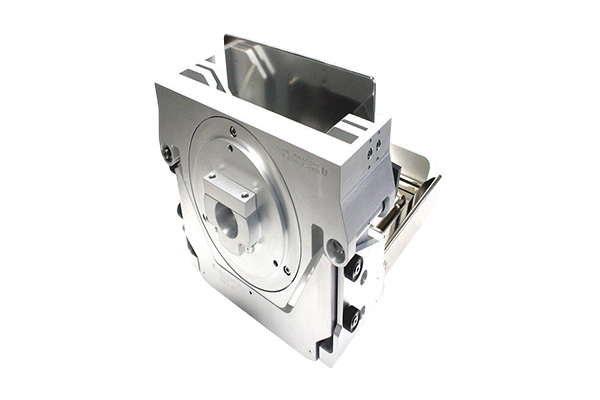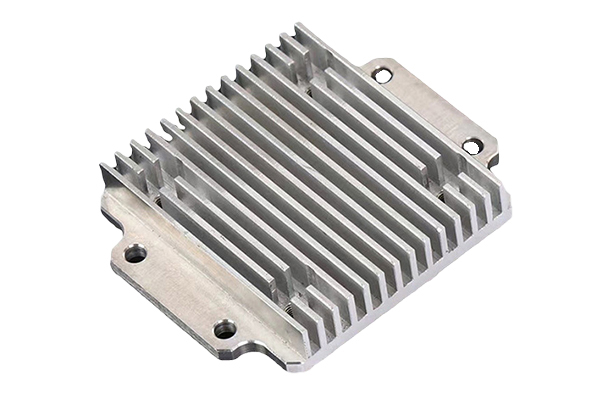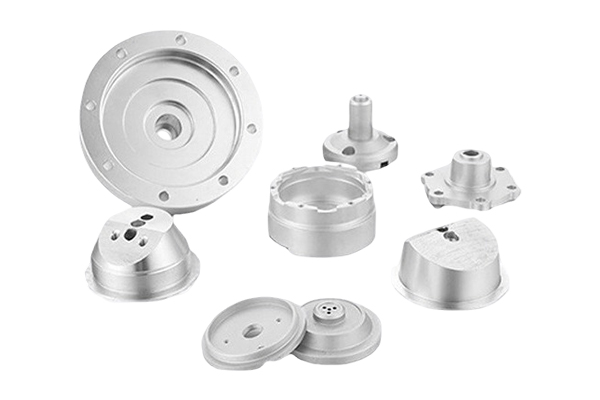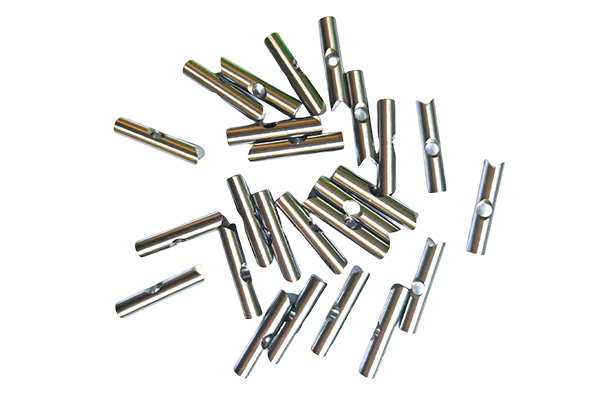What is the programming process of CNC lathe machining? How to reduce machining errors through program optimization?
Release Time : 2025-07-21
The programming process of CNC lathe machining begins with the analysis of part drawings, which is the basis for ensuring programming accuracy. Technicians need to clarify the requirements of part geometry, dimensional accuracy, surface roughness, etc., such as judging whether there are complex structures such as curved surfaces and threads, and whether the tolerance range is within ±0.01mm. At the same time, the CNC lathe machining process should be determined in combination with material properties (such as carbon steel and stainless steel), including the selection of rough CNC lathe machining, semi-finished CNC lathe machining or fine CNC lathe machining scheme, and whether multiple passes are required. This step requires converting the drawing information into CNC lathe machining coordinates, determining the origin of the workpiece coordinate system (usually selected at the center of the right end face of the part), and providing a reference for subsequent programming.
After completing the process analysis, enter the parameter setting stage before programming. Select appropriate tools according to the process plan, such as external turning tools, boring tools, threading tools, etc., and record the length compensation and radius compensation values of the tools. Then set the cutting parameters, including spindle speed (800-1500r/min for general carbon steel CNC lathe machining, 500-1000r/min for stainless steel), feed speed (0.1-0.3mm/r for rough CNC lathe machining, 0.05-0.1mm/r for fine CNC lathe machining) and back cutting amount. These parameters need to be entered into the tool parameter library of the CNC system to ensure that they can be directly called during programming to avoid manual input errors.
The core programming stage adopts two methods: manual programming or CAD/CAM software programming. Manual programming is suitable for simple parts. Program segments are written through G codes (such as G00 rapid positioning, G01 linear interpolation) and M codes (such as M03 spindle forward rotation, M05 spindle stop). The coordinate values need to be calculated segment by segment. For example, when machining an outer circle with a diameter of 50mm and a length of 100mm, the G01 instruction from the starting point (X52, Z2) to the end point (X50, Z-100) needs to be written. For complex parts, CAD/CAM software is used. First, a three-dimensional model is drawn. The software automatically generates the tool path trajectory and converts it into a NC program. Finally, the key code needs to be checked manually to prevent the redundant instructions automatically generated by the software from affecting the efficiency of CNC lathe machining.
After the program is written, simulation verification is required to eliminate errors. Through the graphic simulation function of the CNC system, observe whether the tool trajectory is consistent with the shape of the part, and focus on checking whether there is interference, overcutting or undercutting between the tool and the fixture. For example, when machining a step shaft, it is necessary to confirm whether the tool trajectory at the step is smoothly transitioned to avoid overcutting at right angles. During simulation, it is also necessary to verify whether the spindle steering and feed direction are correct. If the tool is found to move in the opposite direction, the direction command in the G code (such as the switch between G02 and G03) needs to be modified to ensure that the program logic is correct before it is transmitted to the machine tool.
The primary goal of program optimization is to reduce the redundancy of tool paths, shorten the CNC lathe machining time by merging continuous commands, and indirectly reduce the error accumulation. For example, multiple continuous G01 linear interpolations are merged into a polyline command to reduce the number of system operations; without affecting the accuracy, the G71 rough CNC lathe machining cycle is used to replace the repeated single tool path command to make the tool path simpler. At the same time, the CNC lathe machining sequence is reasonably arranged, following the principle of "rough first, fine second, near first, far second, outside first, inside second", such as CNC lathe machining the outer circle of the part first and then boring the inner hole, avoiding the stress release of rough CNC lathe machining affecting the precision of fine CNC lathe machining, and reducing the positioning error caused by secondary clamping.
Compensating for mechanical errors through parameter optimization is the key to reducing CNC lathe machining errors. For the reverse clearance of the machine tool feed system, a reverse clearance compensation instruction can be added to the program (such as the compensation value setting after G28 U0 W0), and the coordinate compensation amount can be adjusted according to the measured clearance value (usually 0.01-0.03mm). For the dimensional deviation caused by tool wear, the tool life management function can be set in the program. After a certain number of parts are CNC lathe machined, the spare tool is automatically called or the replacement is reminded. At the same time, the length compensation is adjusted in real time through the H code. For example, for every 50 parts CNC lathe machined, the compensation value is automatically increased by 0.005mm to offset the size reduction problem caused by tool wear.
The dynamic response optimization of the program can reduce the error caused by the inertia of the machine tool. Adding G05 high-speed and high-precision instructions at the corners or setting appropriate feed pauses (G04 P100, pause 100ms) allows the machine tool to transition smoothly when moving at high speed to avoid overshoot caused by inertia. For arc CNC lathe machining, arc interpolation subdivision technology is used to divide the large arc into multiple small arc segments, each of which does not exceed 1°, making the tool movement smoother, especially when machining small arcs below R5mm, which can significantly improve the surface roughness (from Ra1.6μm to Ra0.8μm). In addition, the feed acceleration is adjusted according to the rigidity of the machine tool. Old machine tools with low rigidity need to reduce the acceleration parameters to avoid dimensional fluctuations caused by vibration. The CNC lathe machining error is minimized by matching the program with the machine tool performance.







